H2O to Garden
xtreme_gardener
17 years ago
Related Stories

GARDENING GUIDES10 Solutions for Soggy Soil
If a too-wet garden is raining on your parade, try these water-loving plants and other ideas for handling all of that H2O
Full Story
GARDENING GUIDESGreat Design Plant: Knock Out Roses
As glorious as their high-maintenance kin for a fraction of the work, Knock Out roses make even beginners look like garden stars
Full Story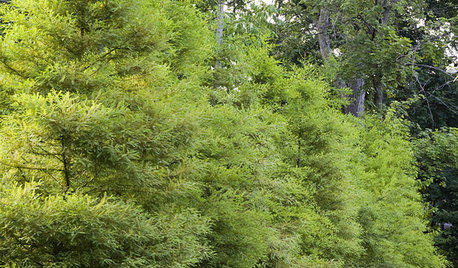
GARDENING AND LANDSCAPINGGreat Design Plant: Bald Cypress
Enjoy this beautiful tree's feathery foilage, fall color and tolerance of wet and dry soils
Full Story
NATIVE PLANTSPlant These Fall-Flowering Natives in Early Summer for Pollinator Love
These 3 groups of plants will support masses of beneficial insects come autumn
Full Story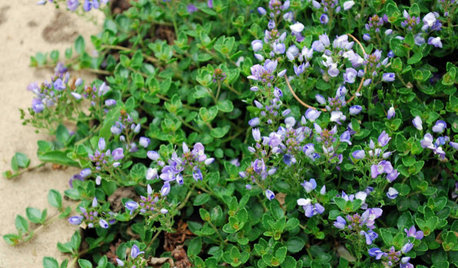
GARDENING GUIDESGreat Design Plant: Veronica
Consider adaptable Veronica, or speedwell, for its colorful blooms, butterfly-drawing power and low maintenance requirements
Full Story
GARDENING GUIDESGreat Design Plant: Milkweed
Quit cringing. This not-weed plant is a sight to behold in the garden, has a delicious vanilla scent and is a magnet for butterflies
Full Story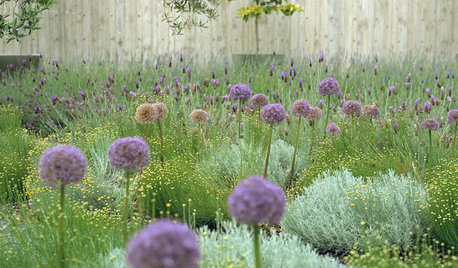
GARDENING GUIDESGreat Design Plant: Ornamental Allium
Lollipop blooms on tall, leafless stems add an architectural element to gardens of all styles
Full Story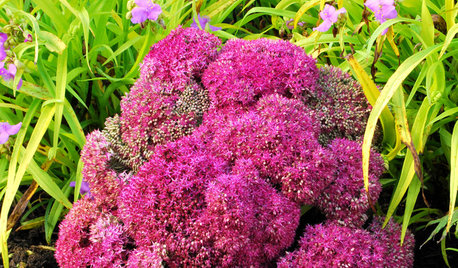
GARDENING GUIDESGreat Design Plant: Sedum (Stonecrop)
Terrific at filling gaps and in a wide range of colors and shapes, sedum is a problem solver in the garden
Full Story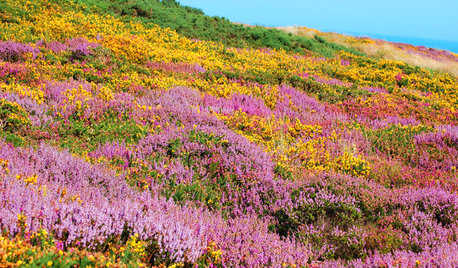
GARDENING FOR BUTTERFLIESGreat Design Plant: Scotch Heather
The moors aren't all moody, as this prettily colored evergreen shrub proves. Plant it en masse for an epic romance in your own garden
Full Story
WINTER GARDENING10 Native Wildflowers to Beautify Your Winter Garden
They stand strong in wind, feed wildlife and are easy to grow. But you may want to add these plants for their looks alone
Full StorySponsored


Pooh Bear
jaybc
Related Professionals
Fort Lee Landscape Architects & Landscape Designers · Southfield Landscape Architects & Landscape Designers · Waunakee Landscape Architects & Landscape Designers · Wixom Landscape Architects & Landscape Designers · Edmond Landscape Contractors · Surprise Landscape Contractors · Beverly Hills Landscape Contractors · Chattanooga Landscape Contractors · Ellensburg Landscape Contractors · Matteson Landscape Contractors · Seminole Landscape Contractors · Whittier Landscape Contractors · Woodland Landscape Contractors · Baltimore Siding & Exteriors · South Laurel Siding & Exteriorsxtreme_gardenerOriginal Author
Pooh Bear
jaybc
xtreme_gardenerOriginal Author
arcticiris